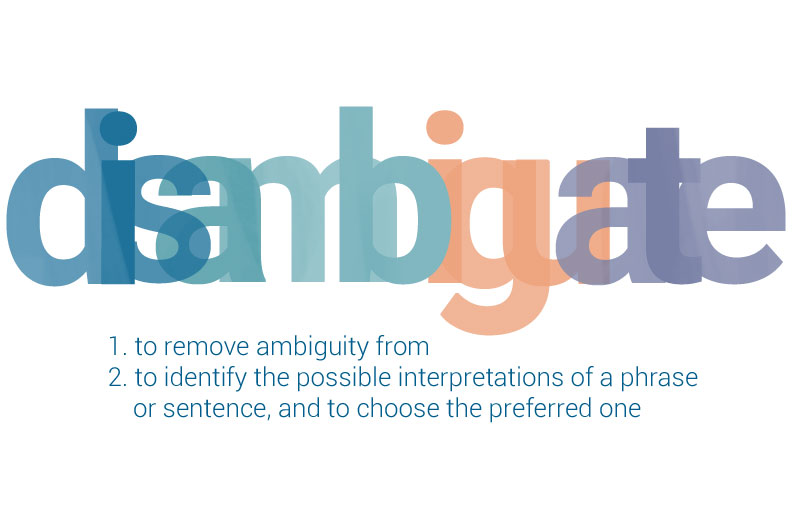 Sometimes a simple comma can make all the difference. This is what they do most of the time, of course. It’s sort of their job. When laid in the right place, these modest pieces of punctuation give clarity to your expression. Their absence, meanwhile, can cause ambiguity, as shown in the example below.
Sometimes a simple comma can make all the difference. This is what they do most of the time, of course. It’s sort of their job. When laid in the right place, these modest pieces of punctuation give clarity to your expression. Their absence, meanwhile, can cause ambiguity, as shown in the example below.
“In between wing defence Gabi Simpson and goal attack Tippett were outstanding contributors in helping the home team build a telling 30-20 lead at the main break.”
Yes, this is a sentence about sport, and no, it probably doesn’t mean what you think it does.
As written, the sentence suggests that there were “outstanding contributors” who presumably did amazing things on the netball court between the players Simpson and Tippett. A slight shift in phrasing could help demonstrate this, such as: In between wing defence Gabi Simpson and goal attack Tippett, there were outstanding contributors who helped the home team build a telling 30-20 lead at the main break.
Or to put it another way: Outstanding contributors between wing defence Gabi Simpson and goal attack Tippett helped the home team build a telling 30-20 lead at the main break.
The problem is that this is not the intended meaning.
The sentence that appeared before this one in the original article mentions two other players (goal shooter Romelda Aiken and goal keeper Laura Geitz) whose positions place them at either end of the court. Tippett and Simpson play in positions between Aiken and Geitz and are themselves the “outstanding contributors” who helped the home team build that telling lead.
The simple addition of a comma at the start of the sentence makes this plain, removing any confusion and thus attributing the contribution correctly.
In between, wing defence Gabi Simpson and goal attack Tippett were outstanding contributors in helping the home team build a telling 30-20 lead at the main break.
See the difference?
What’s happening here is that the words “In between” are a prepositional phrase that introduces and modifies the rest of the sentence. It could easily – and meaningfully – be read without the opening phrase, but its inclusion links the sentence with the one that preceded it and helps provide both context and cohesion.
When sentences begin this way, with a few words of introduction, it is often sensible and sometimes essential to place a comma before the main clause. This is always necessary when the phrase is a subordinate clause – as with the phrase “When sentences begin with an introduction in this way” which commences the sentence you read just before this one.
Sometimes, if the introductory phrase is just one or two words long, the comma may be omitted, providing that the meaning remains obvious. Some people also choose to drop the comma when prepositional phrases appear at the start of sentences.
Such tendencies towards using fewer commas reflect a recent trend towards more minimal punctuation. Yet whether it’s fashionable or not, I cheerfully encourage their inclusion, especially when they help achieve better clarity in a text.
In this regard, they do make an outstanding contribution, after all.
Are you enamoured with commas? Do you use them sparingly or sprinkle them liberally? What contribution do commas make to your writing?